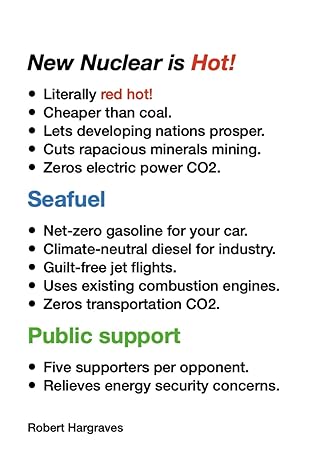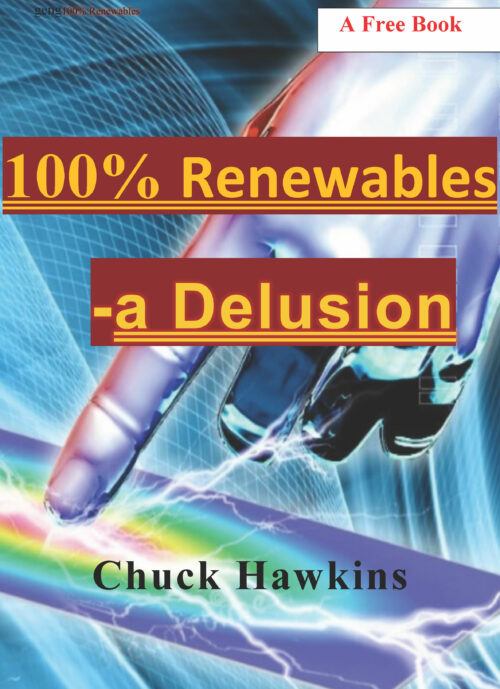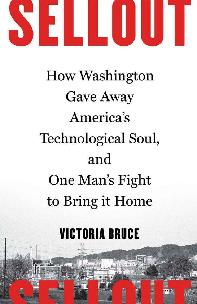Description
New nuclear reactors exploit hotter heat in fluids such as molten salts, liquid sodium, or helium gas. Their red hot temperature heat puts nearly 50% more of the reactor’s fission energy into electric energy, not into the cooling water that condenses turbine-generator steam. Waterside new nuclear power plants use about half the cooling water of current ones.
Hot heat also brings new uses. Hot heat can break hydrogen out of seawater cheaply, heat buildings, power electrochemical separators to capture CO2, and energize new refineries to produce net zero fuels from the CO2 and hydrogen.
We can halve CO2 emissions by repowering electricity generation and building heating while saving money. We can rid ourselves of transportation emissions with Seafuel made from captured CO2, hydrogen from high temperature electrolysis, and gas-to-liquid refineries.
Cheaper-than-coal energy can be generated by mass producing standardized, new nuclear power plants in efficient shipyards and factories. Plants will cost $1/watt of 24×7 generating capacity and deliver electric energy at $0.03/kWh, heat energy at $0.01/kWh. But only if we succeed in making reliable energy cheaper than from burning fuels will we reduce CO2 emissions.
People have been hesitant to embrace nuclear power. The lore of cancer from nuclear radiation has been uncritically accepted. Straightforward observations of dose rates on health replace the disproven fearful conjectures. However, the new nuclear control by stultifying regulatory regimes must be overthrown or bypassed, perhaps by the developing nations.
Three billion people live in energy poverty, served with less electricity than your old refrigerator uses. Nearly a billion have no electric power at all. They need more energy to power industry and commerce for even modest prosperity. They are adding hundreds of new coal-fired and gas-fired power plants.
Seeking reliable energy to drive industry and commerce, developing nations will use the cheap, new nuclear power to to compete successfully with regulator-constrained, high-energy-cost Western nations.
The costly, Green, wind and solar energy transition is failing to reduce growth of global CO2 emissions. The demand for technical metals for electric vehicles, their batteries, fanciful grid-scale batteries, and offshore wind turbines is increasing rapacious, scarce minerals mining.
People are learning of new nuclear’s environmental and economic benefits. Surveys report five supporters of new nuclear power for every opponent. People report new nuclear power relieves energy security concerns. Vulnerability of energy supplied by long, undersea pipelines, or electric cables, or shipping through conflict zones, is now clear to all.
With new nuclear power we can:
Stop investing in ever more coal-fired and LNG-fired power plants.
Eliminate most global CO2 emissions.
Energize developing nations’ economies.
Reduce all economies’ energy costs.
Use carbon-based Seafuel synfuels in vehicles, with net zero emissions.
Let prosperity reduce birth rates.
Stop rapacious mining of scarce minerals for the Green transition.






